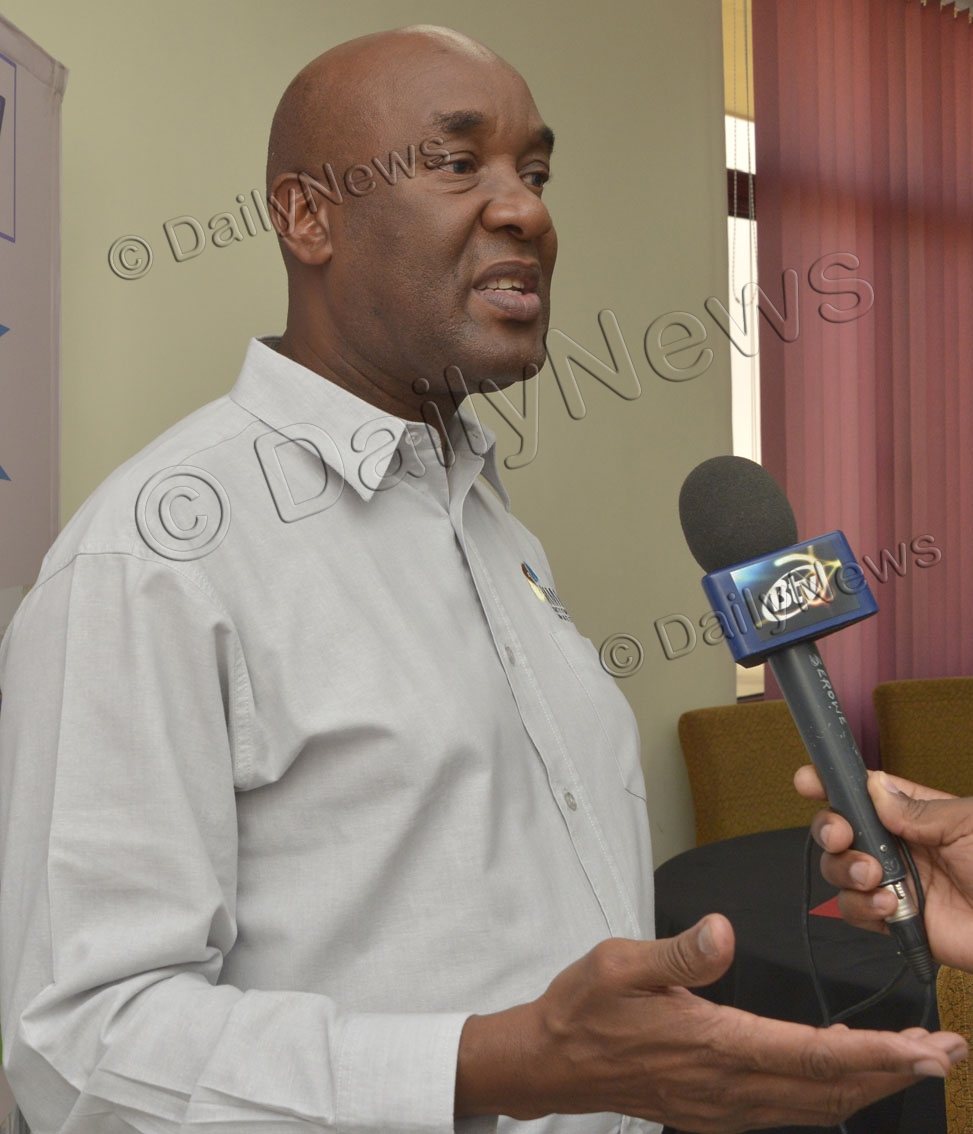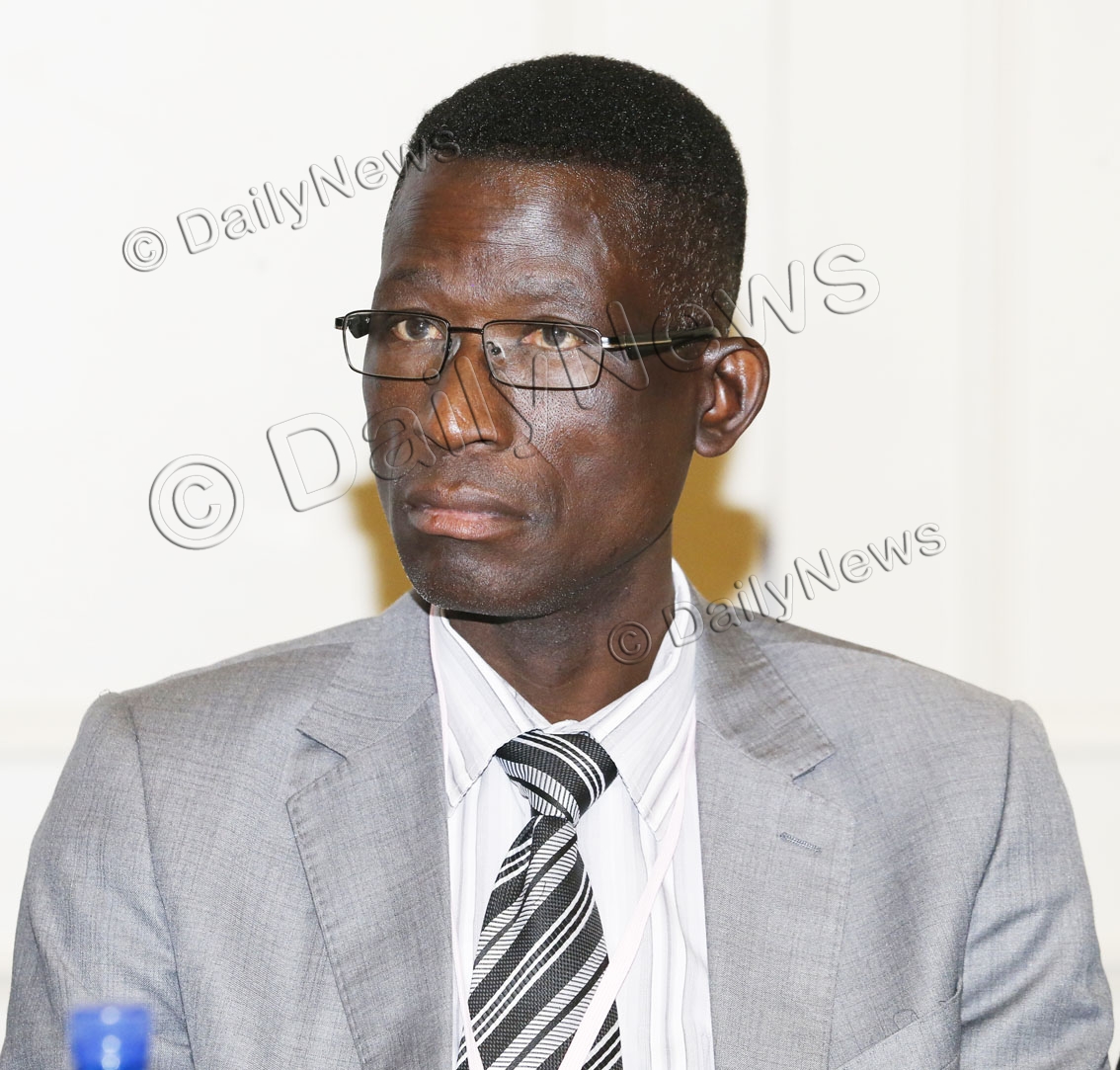Power supply A regional challenge
17 Nov 2015
The Southern African region has experienced power shortages as the generation surplus capacity has diminished, while demand grows at an alarming rate.
In that regard, Botswana like many other countries in the region resorted to various coping mechanisms that included load shedding as well as other demand-side management measures, while longer term solutions were being sort to alleviate the situation.
According to available information, the power capacity shortfall of the region stands at over 8000Mega Watts, while the Southern Africa Power Pool (SAPP) members plans to commission only 2 763MW of power this year.
The SAPP is a cooperation of the national electricity companies in Southern Africa under the auspices of the Southern African Development Community (SADC).
The members of SAPP had created a common power grid between their countries and a common market for electricity in the SADC region.
Speaking to BOPA on the sidelines of the just ended 45th SAPP meetings in Gaborone, SAPP coordination centre manager, Dr Lawrence Musaba explained that a lot of resources needed to be pulled together to cut down the deficit.
Dr Musaba also stressed the need to engage Independent Power Producers (IPP’s) as governments alone could not handle power generation.
However, Dr Musaba admitted to the fact that funding remained a challenge for most member states as they were running on tight budgets.
In Botswana, government has issued tenders for the supplies of power from IPP’s and in a recent interview the Minister of Minerals, Energy and Water Resources, Kitso Mokaila announced the expression of interest for the 50MW for the Jwaneng area and 50MW for the Northwest solar energy projects.
Botswana is endowed with ample solar energy potential. The country has abundant solar energy resources, receiving over 3 200 hours of sunshine per year with an impressive average insulation on a horizontal surface, one of the highest rates of insulation in the world.
Also, in a recent renewable energy workshop, Minister Mokaila told delegates that the Energy Policy was being drafted and was expected to be finalised and be ready for approval by 2015.
The Energy Policy would provide a policy framework to guide effectiveness and sustainability in energy planning, development and provision.
One of the benefits of regional cooperation has been the establishment of power trading platform where one member state with surplus power could channel it to others who were in short supply.
Statistics indicate that power trading has increased significantly over the years, soaring to more than 450 000 megawatt hour (mwh) in February, this year.
All power utilities in mainland SADC except Angola, Malawi and Tanzania were interconnected to the regional grid through SAPP allowing them to sell electricity to one another.
However the SAPP plans to fast track the implementation of the priority regional transmission projects in order to connect the three non-operating members of the Pool through projects such as the Zambia-Tanzania-Kenya interconnector, Mozambique-Malawi interconnector and Namibia-Angola Interconnector.
Mokaila says Botswana Power Corporation (BPC) was talking to Mozambique’s publicly owned electricity company Electricidade de Mocambique (EDM) and Zimbabwe Power Corporation (ZPC) on buying their electricity.
The local power utility has also revealed plans to extend their long standing supply agreement with South Africa’s Eskom.
In an effort to generate its own power and in future export electricity to the rest of the SAPP, Botswana has embarked on a number of projects amongst them, the transmission grid extension and network reinforcement’s projects such as the North West Transmission Grid Connection, which extends the grid to the North West, Chobe and Ghanzi Districts.
Also, Mokaila said the second south bound Morupule-Isang 400kv line, would be constructed as part of the transmission infrastructure requirements for integrating the planned generation expansion at Morupule B (Unit 5 and 6).
Meanwhile, as part of efforts to provide sufficient, reliable and least cost effective energy services in the SADC region ministers responsible for energy in the region had recently approved the Revised Regional Indicative Strategy Development Plan and Implementation Framework of 2015-2020 and also the SADC Industrialisation Strategy Road map and Action Plan; the two strategic documents that identify energy as one of the main drivers of economic growth in the region. Ends
Source : BOPA
Author : Baleseng Batlotleng
Location : Gaborone
Event : Interview
Date : 17 Nov 2015







